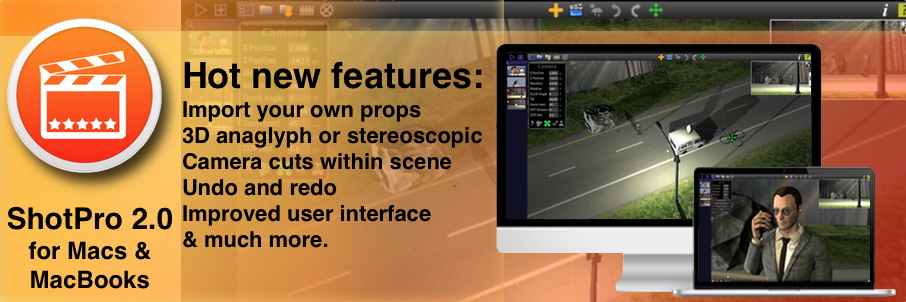

Stereopis is the ability of our brain to take two input images from different perspectives and gain an understanding of how far away two different objects are in relationship to each other. Especially with the new and improved Camera Lens Blur effect and related features in After Effects CS5.5.įinally, arguably the most powerful depth cue is stereopsis. Understanding how depth of field is related is important when attempting to create realistic images and works hand-in-hand with stereoscopic 3D in After Effects. Therefore, it has nothing to do with stereopsis, but instead has to do with our eye’s lens focusing, similar to how a camera lenses focus. This effect can be accomplished with one eye closed. Similarly, when you focus on the droplets, the streetlights in the background turn into bokeh. When you focus outside the windshield, the water droplets turn into little halos of color called bokeh. Look through a windshield with water droplets on it at night. However, it is possible to train our eyes and brain to experience and be conscious of the depth of field by relaxing the eye muscles and using the following (or similar) technique. It is usually unnoticed to the average person. This phenomenon is subtle as our brain filters it seamlessly into our perception. Our brain interprets this as a depth cue without us realizing it. One can clearly see this phenomenon as our eyes focus on different objects and our retinas blur the out-of-focus objects in the background. If there is no blur, our brain thinks that the two are at a similar distance. If our eyes (or a camera lens) focus on a specific object, and another object appears blurred next to it, our brain knows that the other object is either in front of or behind the object. After Effects also obeys these rules when you create a 3D composition with a camera.Īnother important depth cue is lens blur. (Occlusion mean one object is laid on top of the other and obscures the other.) Paintings or games can appear 3D because they obey these rules. If two objects are roughly the same size in our field of view, and one is occluded by or is occluding another object, our brain infers that one of those objects is in front of the other.

Our brain already knows how big those objects should be in relationship to one another. An object that is farther away is interpreted as such by our brains if it is much smaller than another object next to it. Objects in perspective, occlusion, and relative size are good indicators of depth. To understand what stereoscopic 3D is, it's necessary to understand perceived depth. There are many cues that help us perceive depth.


 0 kommentar(er)
0 kommentar(er)
